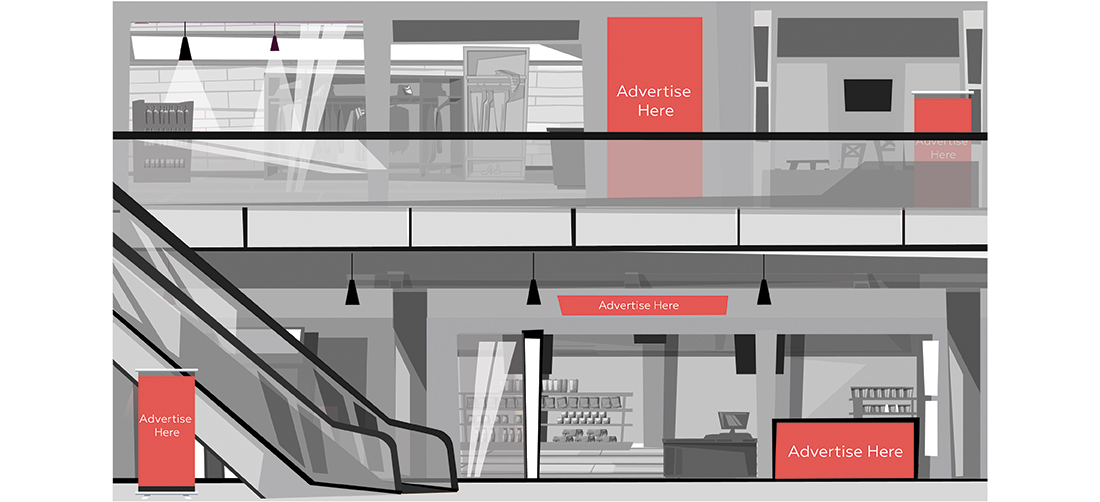Table Of Content
- 1. Types of Indoor Advertising
- 1.1. Digital Displays
- 1.2. Posters and Banners
- 1.3. Point of Sale Advertising
- 1.4. Ambient Advertising
- 2. Examples of Indoor Advertising
- 2.1. Retail Environments
- 2.2. Corporate Offices
- 2.3. Event Spaces
- 3. Advantages of Indoor Advertising
- 3.1. Targeted Audience Engagement
- 3.2. High Visibility
- 3.3. Creative Flexibility
- 4. Disadvantages of Indoor Advertising
- 4.1. Limited Reach
- 4.2. Potential for Oversaturation
- 4.3. Cost Considerations
- 5. Best Practices for Indoor Advertising
- 6. Conclusion

Indoor Advertisement plays a vital role in modern marketing strategies. With its unique ability to engage audiences in controlled environments, indoor media advertising has become a popular choice for businesses across various industries.
But what exactly is indoor advertising?
Simply put, it involves placing ads within enclosed spaces like malls, offices, restaurants, and other venues frequented by the target audience. Unlike outdoor ads, which focus on mass visibility, indoor advertisements are designed for precise targeting, offering brands a more personal touch. Their growing use highlights their effectiveness in influencing customer behavior at critical touchpoints.
Types of Indoor Advertising
Indoor advertising comes in various forms, each tailored to suit specific business goals and audience preferences. Here are some popular types:
Digital Displays
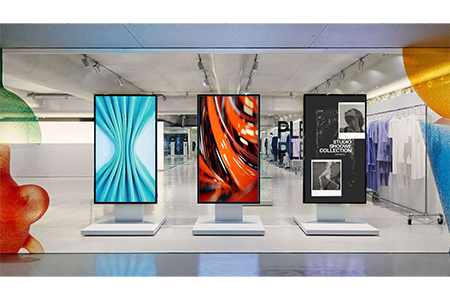
Digital displays are one of the most dynamic forms of indoor media advertising. These include digital screens, video walls, and interactive kiosks that grab attention with moving visuals and interactive content.
Examples: LED screens in shopping malls showcasing promotions, touch-screen kiosks offering product information, and interactive menus in restaurants.

Traditional yet effective, posters and banners offer a simple way to communicate messages visually. Wall graphics and banners can be customized to match the environment and branding needs.
Examples: Posters in cinemas advertising upcoming films, banners at gyms promoting memberships, and wall decals in stores showcasing seasonal sales.
Point of Sale Advertising

Point-of-sale (POS) advertising focuses on influencing purchase decisions at the checkout counter. Creative displays and product placements at these touchpoints are highly effective.
Examples: Checkout counter displays featuring new snacks or beverages, small digital screens highlighting loyalty programs, and branded baskets in retail stores.
Ambient Advertising
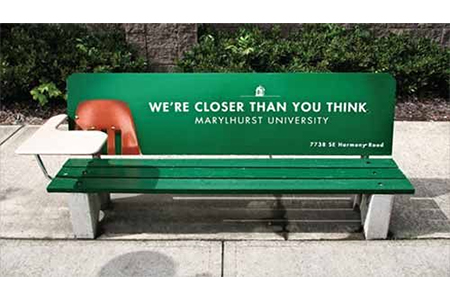
Ambient advertising involves placing ads in unexpected indoor locations, creating an element of surprise. These creative placements leave a lasting impression.
Examples: Ads inside elevators, branded mirrors in restrooms, and creative designs on escalator steps.
Examples of Indoor Advertising
To better understand indoor advertisement, let’s explore how it works in different environments:
Retail Environments

Retail stores are prime locations for indoor advertising. Effective case studies include brands that use digital screens to promote in-store discounts or wall graphics to highlight premium products. These ads target shoppers during their purchase journey, boosting sales.
Example: A fashion brand using digital signage in fitting rooms to showcase styling ideas with their products.
Corporate Offices

In corporate settings, indoor media advertising serves both branding and internal communication. Digital boards in lobbies can display company achievements, while wall graphics promote organizational values.
Example: A tech company featuring motivational quotes and branding elements in its employee lounge.
Event Spaces

Conventions, trade shows, and other events are ideal for indoor advertising. Event organizers often use branded backdrops, digital kiosks, and banners to enhance brand visibility.
Example: A healthcare company displaying its latest innovations on interactive kiosks at a medical trade show.
Advantages of Indoor Advertising
Targeted Audience Engagement
Indoor advertisements excel at engaging specific demographics. For instance, ads in gyms target fitness enthusiasts, while ads in cafes appeal to casual diners. Controlled environments allow brands to tailor their messages precisely.
High Visibility
Strategically placed indoor media advertising ensures maximum visibility. In busy locations like malls and offices, indoor ads naturally capture attention due to their proximity and relevance.
Creative Flexibility
Indoor settings allow for innovative ad formats, such as interactive kiosks and 3D displays. This creative freedom helps brands deliver memorable and impactful messages.
Disadvantages of Indoor Advertising
While effective, indoor advertising does come with some limitations:
Limited Reach
Unlike outdoor ads, which cater to a broader audience, indoor advertisements have a confined reach. Their impact is restricted to the visitors of a particular venue.
Potential for Oversaturation
Excessive use of ads within a space can desensitize viewers. Overcrowded indoor venues may dilute the message, making it less impactful.
Cost Considerations
High-quality indoor media advertising—like digital displays or customized installations—can be expensive. Small businesses may find the costs challenging without a clear ROI strategy.
Best Practices for Indoor Advertising
To make the most of indoor advertisements, businesses should follow these best practices:
Understanding Your Audience
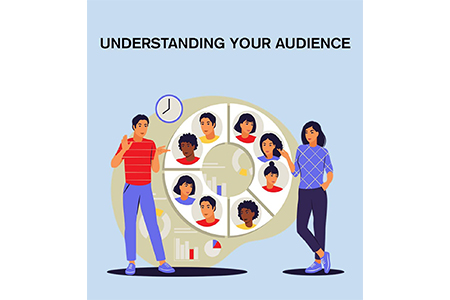
Audience research is key to effective messaging. Knowing the preferences, behaviors, and needs of your target audience ensures that ads resonate.
Creative Design and Placement
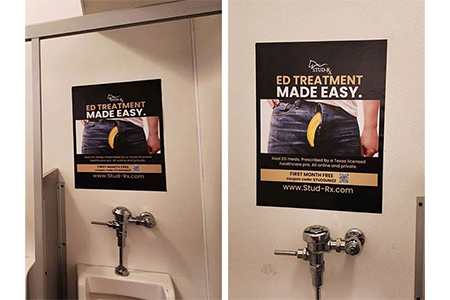
Visually appealing designs and strategic placements are crucial. Ads should be eye-catching and positioned where they’ll have the most impact, such as at entry points or high-traffic areas.
Measuring Effectiveness

Tracking performance metrics like engagement rates and sales conversions helps evaluate the success of indoor advertising campaigns. This data can guide future strategies.
Conclusion
Indoor advertising engages audiences in high-traffic locations like malls, airports, and workplaces, making it a powerful way to capture attention and drive brand recall. For brands, it’s an ideal strategy to connect with consumers in focused settings, enhancing engagement and reinforcing brand messages where people make decisions.
As Excellent Publicity, we are a leading advertising agency specializing in creating impactful indoor campaigns backed by years of experience and expertise. Our team knows how to make your brand stand out, delivering customized strategies that resonate with audiences and drive results. Contact the team at Excellent Publicity for more.
FAQs
Indoor advertising is highly effective for brand awareness, as it captures attention in high-traffic areas. It creates a lasting impression due to its visibility in places where people spend time, such as shopping malls, gyms, and transit stations.
The best locations for indoor ads include shopping malls, airports, gyms, transit stations, and office buildings. These areas have high foot traffic and allow brands to reach a targeted audience effectively.
Yes, small businesses can benefit from indoor advertising. It’s cost-effective, reaches local customers, and increases visibility in key areas where potential customers are present, helping them compete with larger businesses.


